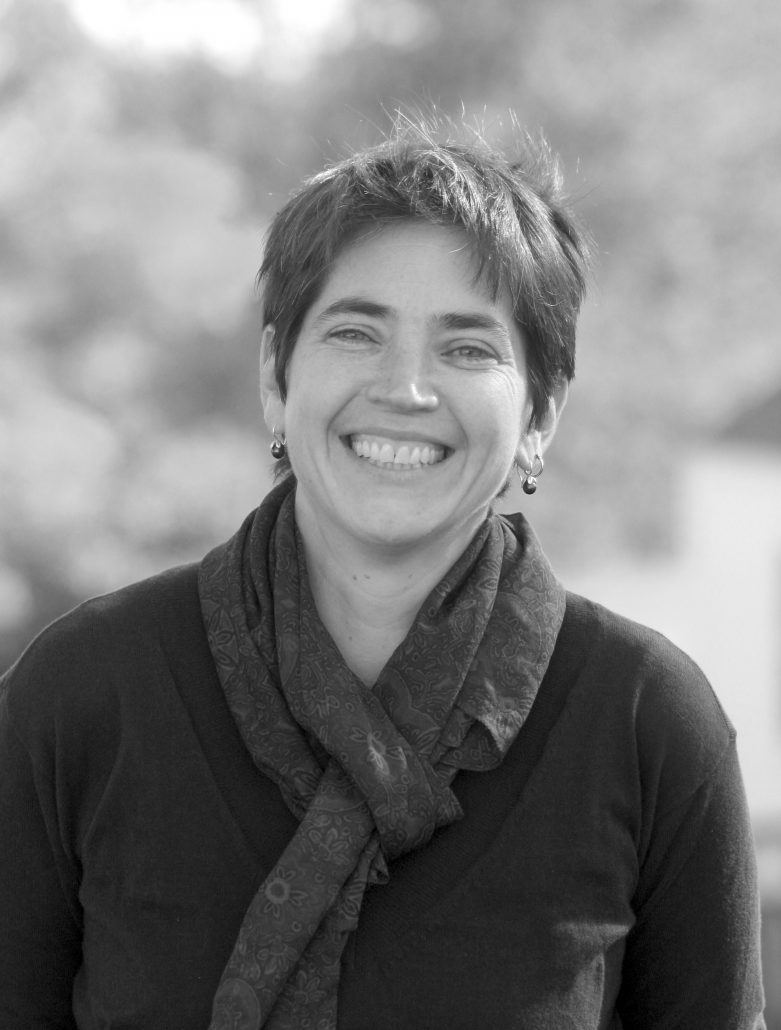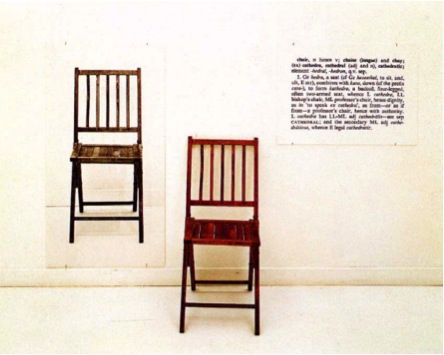Art History
Marlboro’s art history curriculum was designed to introduce students to the complex web of skills and methods that art historians use as well as to excite students in the pleasure of critical seeing.
Art history is, by its nature, interdisciplinary. It uses the methods and practices of disciplines in the traditional humanities, such as history and literature, as well as a number of the social science disciplines including anthropology, sociology, political science, and, increasingly today, social geography.
The curriculum was designed around three interconnected method-based frameworks: Institutions (of Art), Architecture & Equity, and Public & Private. These very broad categories enabled students to study the history of art and architecture while at the same time being conscious, and ultimately critical, of the methods by which this history has been written.
Ratté’s research focuses on urban design practices and the built environment in medieval Italy, Egypt and Syria. Although she is a medievalist, she is interested in the way in which art and social meaning is produced in a variety of periods, from the ancient to the modern, and a number of cultures, from India to the United States. Community-engaged learning in Marlboro, Brattleboro, or beyond was a key facet of her pedagogical practice at Marlboro.




